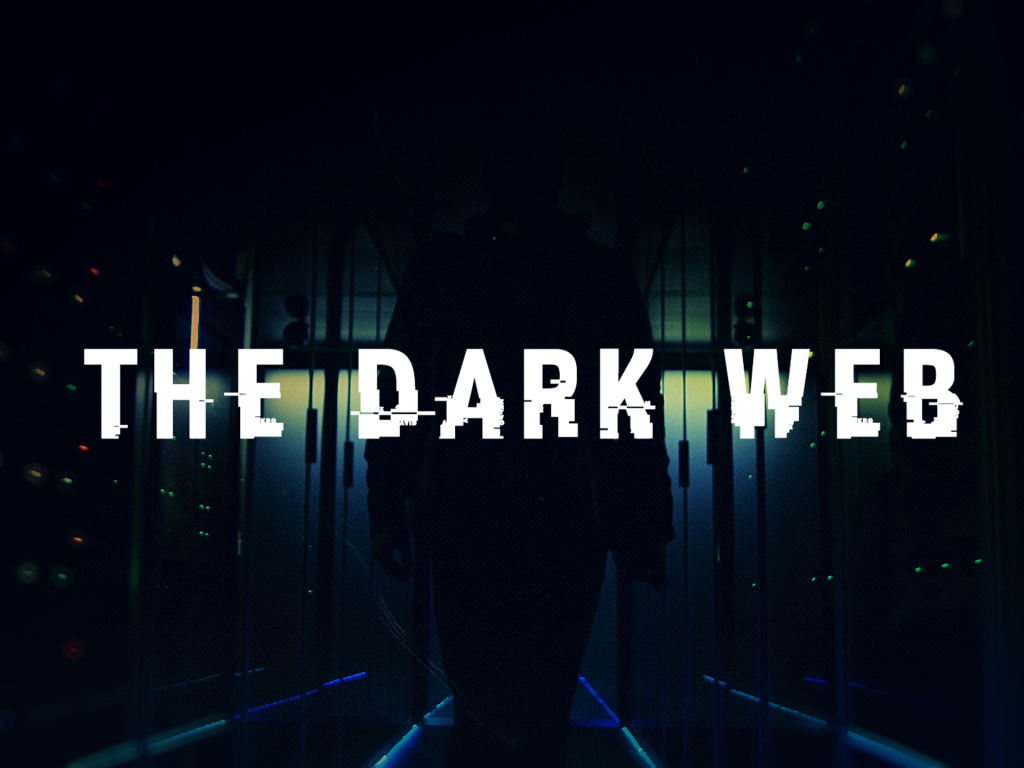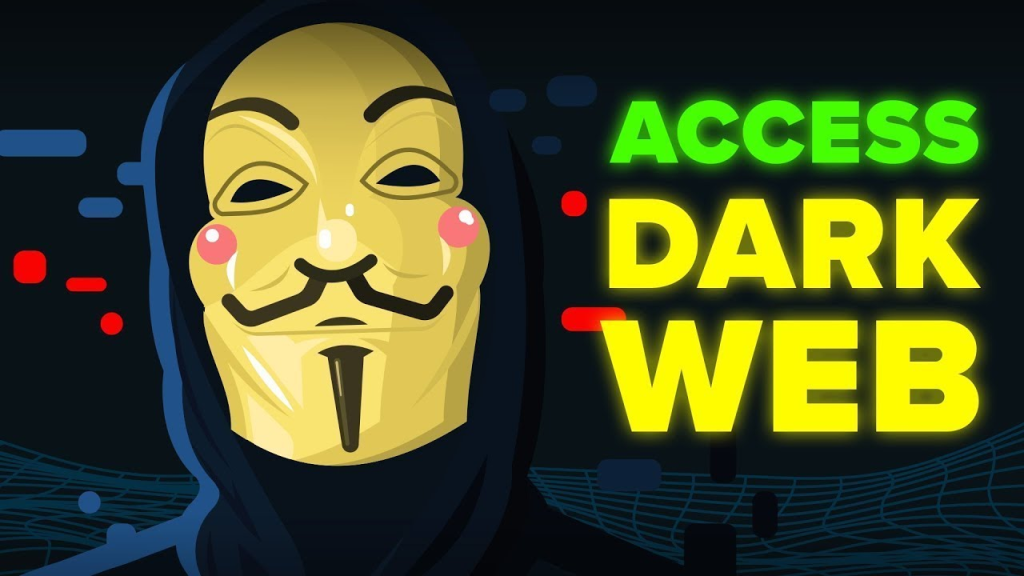Understanding the Dark Web: The Dark Side of The Internet

Hoplon InfoSec
03 May, 2025
The Internet has revolutionized how we live, work, and communicate. From instant messaging and e-commerce to streaming and online education, the web is a vast universe of information and connection. But beneath the surface of our daily browsing lies a hidden layer—a place intentionally concealed and not indexed by search engines. This is the dark web, and it represents one of the Internet’s most controversial and misunderstood facets.
In this blog, we will explore the dark web, how it works, what goes on there, and why understanding its existence is critical for individuals and businesses alike.
So, What Exactly Is the Dark Web?

Yes, the dark web is real. It’s not just something from crime shows or internet folklore. It’s a collection of websites and platforms not indexed by traditional search engines and require special software or authorization to access—most commonly, the Tor browser. These sites often use the “.onion” domain and operate within hidden networks that mask IP addresses, making user activity harder to trace.
This anonymity is at the heart of the dark web’s appeal. However, it’s a double-edged sword: It’s used by people seeking privacy and by criminals wanting to stay undetected.
Not Everything Is on Google: Layers of the Web
Think of the Internet as an iceberg:
- Surface Web: This is the part we all use daily. It includes everything you can find on search engines—news, shopping sites, blogs, Wikipedia, and social media. Surprisingly, it only makes up about 4–5% of the entire Internet.
- Deep Web: This includes content not indexed by search engines, like your email inbox, online banking dashboards, medical records, and private enterprise databases. Most of it is harmless and even necessary. It makes up the bulk of the Internet.
- Dark Web: A small portion of the deep web is intentionally hidden and accessible only via specific tools like Tor. This is where things get more complex—and risky.
A Brief Look at the Dark Web’s Origins
The dark web didn’t start as a shady underworld for cybercrime. Its roots trace back to early 2000s research by the U.S. Naval Research Laboratory, which developed Tor for intelligence operatives to communicate anonymously. The goal was to ensure secure, confidential communication—especially for those in sensitive or hostile environments.
As the technology became publicly available, others adopted it for privacy-focused communication. Over time, however, bad actors saw opportunities in this anonymous ecosystem, leading to the dark web’s notorious reputation.
What Goes Down in the Dark Web?

You’ll find a wide range of activity on the dark web. Not all of it is criminal. Here’s a clearer picture:
Legitimate Uses
- Whistleblowers and journalists: In countries where freedom of speech is restricted, the dark web is a place for safe, anonymous reporting and communication.
- Everyday users: People concerned about surveillance or censorship—activists, researchers, citizens under authoritarian regimes—use the dark web to protect their communications.
- Law enforcement and cybersecurity professionals: Agencies monitor illegal activity, track criminal forums, and collect intelligence.
Illegal Activities
- Drug and arms trafficking: Online marketplaces, similar in structure to eBay or Amazon, offer illegal drugs, weapons, and other contraband.
- Hacking services: Buyers can hire hackers to launch attacks, create malware, or steal data.
- Stolen credentials and identities: Information is traded like commodities from corporate logins to personal credit cards.
- Fake documents and counterfeits: Passports to COVID-19 vaccination cards have been sold.
- Disturbing content: Some of the worst material—child exploitation, human trafficking, and more—also resides in this shadowy area.
It’s worth repeating: the dark web itself isn’t inherently illegal, but many of its users engage in illegal behavior, which is what makes it so dangerous.
How People Get on the Dark Web

Accessing the dark web isn’t complicated, but it does require some technical steps:
- Download the Tor browser: This is the most common tool for accessing .onion sites. Tor bounces your web traffic through a network of servers to anonymize your location and identity.
- Use specialized search engines: Platforms like The Hidden Wiki or Grams provide directories of .onion sites, though they’re far less user-friendly than Google.
Once inside, users navigate an often chaotic, unreliable, and frequently dangerous version of the Internet. Caution is critical.
Why the Dark Web Isn’t Just ‘Another Side’ of the Internet
Browsing the dark web isn’t illegal in many countries, but it comes with a hefty list of risks:
- Infections and malware: Malicious files, ransomware, and trojans can be embedded into links, images, and downloads.
- Scams and fraud: Many “vendors” are con artists. Buyers are often tricked into paying for fake services or goods.
- Surveillance and exposure: Governments and cybercriminals both maintain a presence. Your activity may not be as anonymous as you think.
- Legal risk: If you stumble onto or interact with illegal content—even by accident—you could face legal consequences.
Even cybersecurity professionals use isolated environments (like virtual machines) and advanced precautions when venturing into dark web spaces.
Why Businesses Should Be Paying Attention
The dark web isn’t just a hacker’s playground. It’s a marketplace where company secrets are bought and sold. Here’s why every business should care:
- Stolen data: Employee credentials, customer databases, and intellectual property may be for sale—sometimes long before an official breach is discovered.
- Targeting and coordination: Cybercriminals often plan and advertise attacks in forums that exist only on the dark web.
- Brand damage: Trust can erode quickly if your company’s information appears on the dark web.
Regular dark web monitoring allows organizations to detect exposure early and take action before significant damage occurs.
How Hoplon Helps You Stay Ahead of Dark Web Dangers

At Hoplon Infosec, we know waiting for a breach to react is no longer an option. Our dark web monitoring and intelligence services help businesses stay proactive:
- We perform around-the-clock scanning, monitoring forums, marketplaces, and hidden networks for stolen credentials, leaked data, and relevant threats.
- Early alerts and context: We don’t just tell you your data is out there—we provide insights into how it got there, who might be involved, and what to do next.
- Tailored protection: Whether you’re a small business or a global enterprise, we adapt to your specific needs with customized threat intelligence.
We’re not just observers but your security partners, helping you minimize risk and respond quickly.
Wrapping Up: Awareness Is Your First Line of Defense
The dark web is real, and it isn’t going away. It can be used for good, but more often, it’s a hotspot for criminal behavior. The risks aren’t abstract for businesses—they’re practical and pressing. Leaked credentials, stolen data, and organized attacks can all begin in the dark web’s hidden corners.
That’s why knowing about it isn’t enough. It is essential to understand how it works, what threats exist, and how to detect and respond to them.
And you don’t have to face it alone. With Hoplon Infosec, you’ve got a team of seasoned experts who’ve seen the full spectrum of cyber threats—and know precisely how to deal with them.
Want to learn more about our dark web monitoring and threat intelligence services?
Visit www.hoploninfosec.com or contact us for a tailored cybersecurity consultation.
Share this :